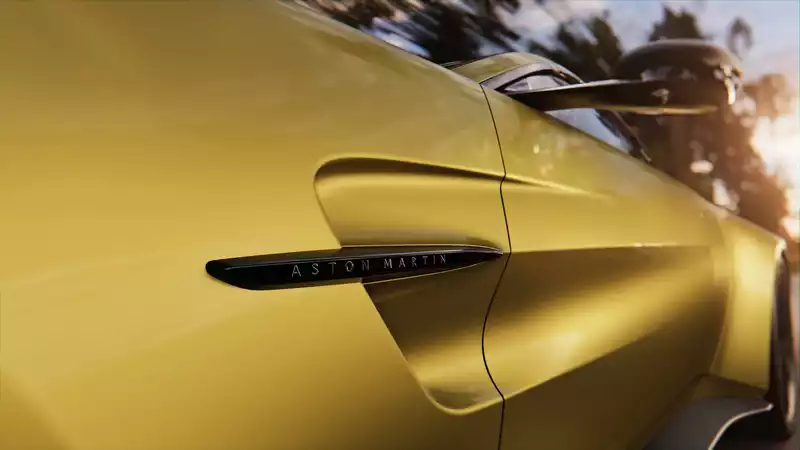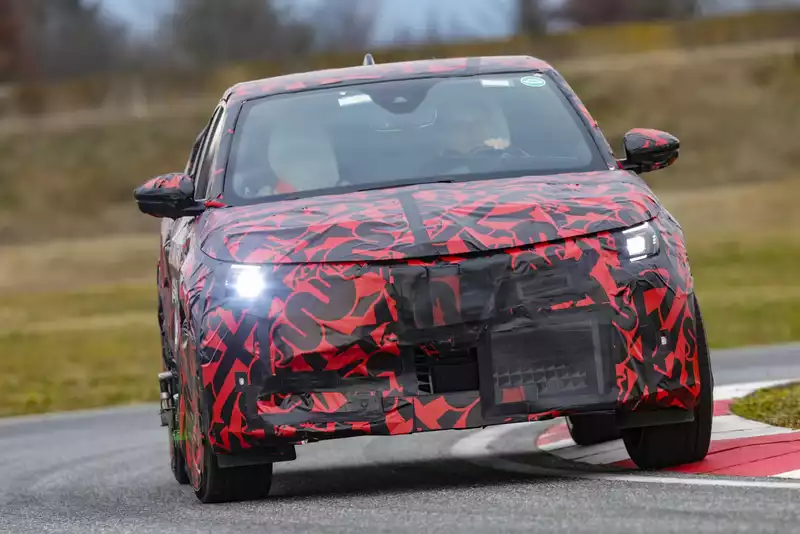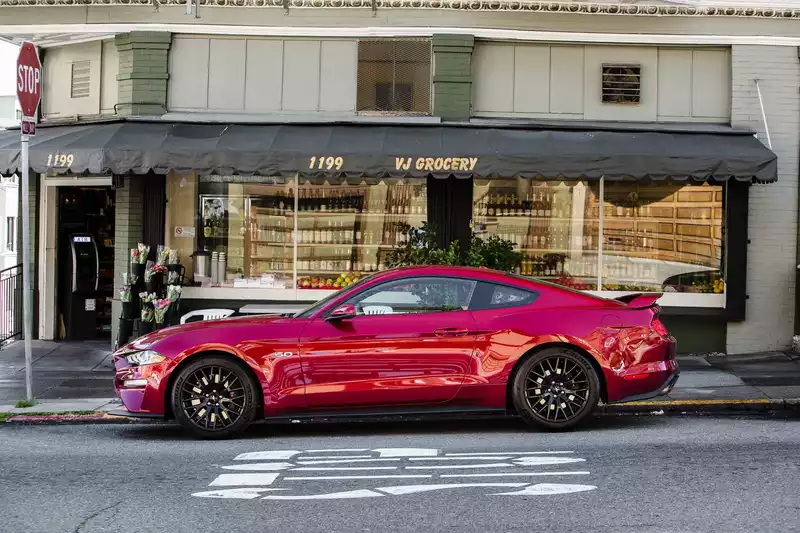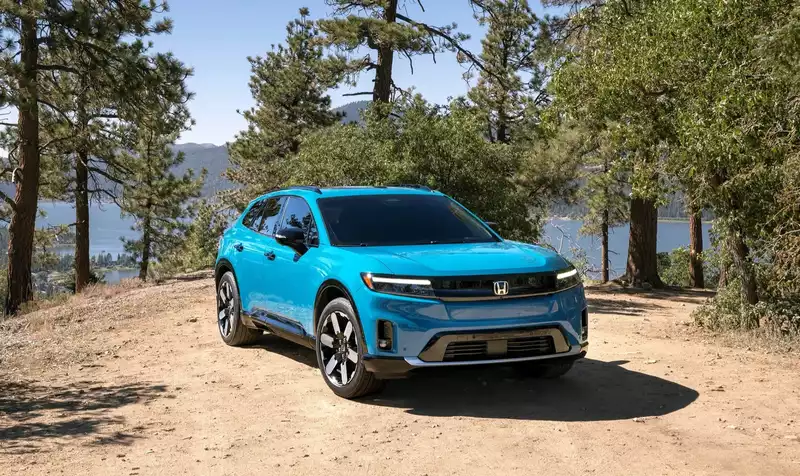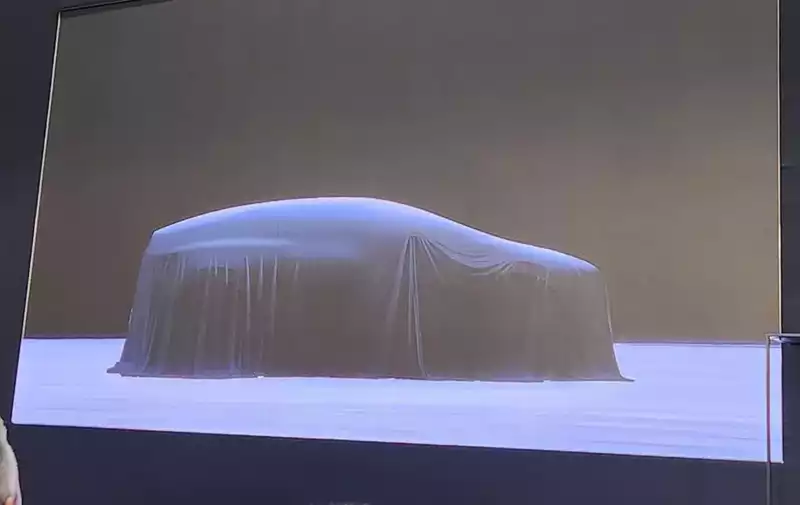Bosch's new car sun visor uses AI to track faces
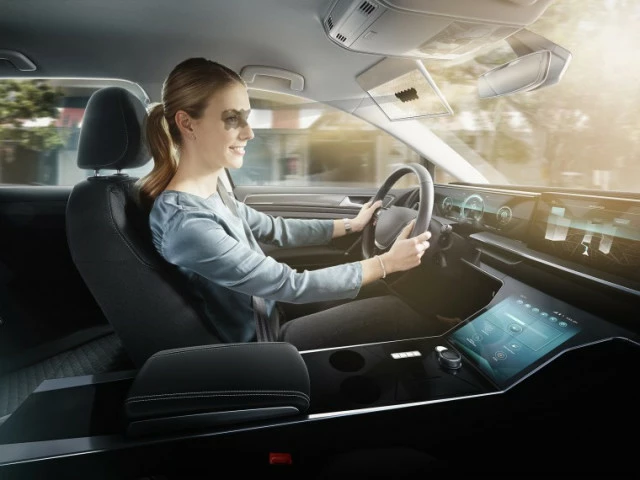
Engines, transmissions, lights, and electronics have all been upgraded in the last century. But car sun visors have not. Bosch is trying to change that.
Ahead of the 2020 Consumer Electronics Show in Las Vegas, Bosch unveiled its virtual visor technology this week.
Current sun visors are opaque and usually made of plastic wrapped in fabric, vinyl, leather, or suede. While traditional visors can block out the sun, they also block part of the driver's field of vision and create blind spots. Bosch's virtual visor is a transparent LCD screen that automatically dims to block sunlight from the driver's vision.
The LCD panel uses a driver-facing camera, artificial intelligence, and tracing software to determine the position of the occupant's face, specifically the eyes, nose, and mouth, and where sunlight shines into the driver's vision. The panels darken to shield the driver's eyes, but only partially to reduce glare. Unlike conventional visors, this technology blocks the sun, but not the entire road ahead.
This technology has the potential to save lives and make roads safer. Bosch notes that the National Highway Traffic Safety Administration of the U.S. Department of Transportation reports thousands of sun glare-related accidents each year, and according to a Baltimore School of Medicine study, times of bright sunlight, 16 percent higher risk of life-threatening accidents than in normal weather, according to the study. Bosch's Virtual Visor aims to lower these statistics and make driving in bright sunlight easier, safer, and more comfortable.
Bosch's Virtual Visor was named Best of Innovation in the CES 2020 Innovation Awards before the show opened. The virtual visor will be on display at CES.

